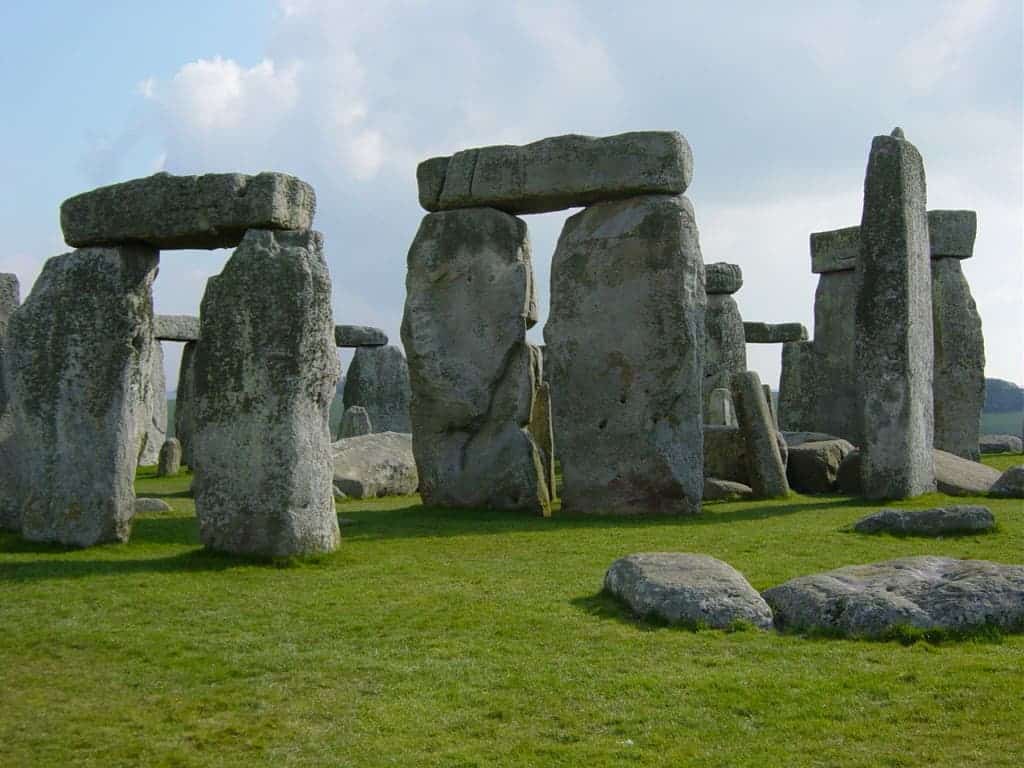
The Stonehenge site, 5,000 years old (new discoveries place it far back in history), still remains of the world’s greatest archeological mysteries. One of its biggest question marks revolves around its conception. It’s fairly understood why it was build, as a site of sun worshiping, but how it was actually built remains unknown, considering these slabs of stone weigh around 20-25 tones each and had to be transported from quarries many miles away. Recently, a team of geologists have managed to accurately pinpoint the location from which the stones from Stonehenge’s innermost circle come from, marking the first time a precise source of any of the monument’s stones could be determined.
Stonehenge’s innercircle and “horse shoe” monoliths are made out of rhyolite debitage stones, which could be found so far only hundreds of miles away from the actual site. Despite being extremely ingenious and expert druids, bringing stones from such long a distance would’ve been practically impossible for the Stonehenge forefathers. Using petrography, the study of mineral content and textural relationships within rocks, the geologists were able to pinpoint the source of the rhyolite stones in outcroppings of rock in Pembrokeshire, Wales – that’s 160 miles away from Stonehenge. There, they found a match with a 215-foot stretch of rock called Craig Rhos-y-Felin.
The stones used in the inner circle weigh around a few tones, which isn’t that much hard if you use a crane and truck to move them around, but when all you have laying around is just wood, string and ingenuity things become difficult. Hopefully, one day archeologists will be able to figure out how the stones were erected, and this study will definitely help them in their quest.
The sarsens, which are actually the monoliths in the outer circle of the site and are the most recognized, weigh a staggering 25 tons. These were incorporated several centuries after the first circle was masterfully installed, perfectly aligned to the sun’s patterns. It is believed these were brought in from somewhere in the Marlborough Downs, 20 miles north of Stonehenge.
The study was made by scientists at University of Leicester and the National Museum of Wales, and was published in the journal Archaeology.
via Wired
Was this helpful?



